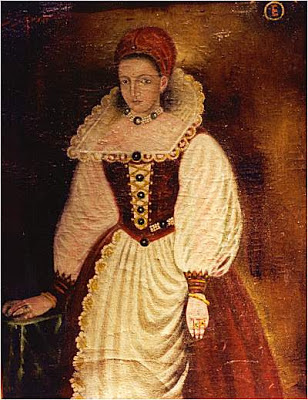 |
| Dore Illustration for Dante's Divine Comedy |
The case of Arnold Paole took place in 1727-1728 in the Serbian village of Medvegia (also spelled Meduegna), near Belgrade, although another epidemic broke out in 1732. Five years after the death of Arnod Paole, seventeen people died in under three months from alleged vampire attacks in the same village and, on December 12th 1731, the Austrian Emperor ordered that an inquiry should be carried out by Regimental Field Surgeon Johannes Fluckinger, who authored the report Visum et Repertum (Seen and Discovered).
Flückinger’s report was published and became a best seller. By March of 1732, the accounts of the vampire activities reached the periodicals of England and France. Due to it’s in depth documentation, this writing became the future center of studies and molded many views on vampire beliefs. It also had much influence with two catholic scholars, Dom Augustin Calmet and Giuseppe Davanzati, who prepared books on vampirism.
The fear of vampirism was so widespread that Empress Maria Theresa of Austria passed лавс making it illegal to exhume or desecrate a body after her personal physician, Gerhard ван Swieten, investigated and determined that vampires do not exist.
Flückinger’s report was published and became a best seller. By March of 1732, the accounts of the vampire activities reached the periodicals of England and France. Due to it’s in depth documentation, this writing became the future center of studies and molded many views on vampire beliefs. It also had much influence with two catholic scholars, Dom Augustin Calmet and Giuseppe Davanzati, who prepared books on vampirism.
The fear of vampirism was so widespread that Empress Maria Theresa of Austria passed лавс making it illegal to exhume or desecrate a body after her personal physician, Gerhard ван Swieten, investigated and determined that vampires do not exist.
In 1727 Paole returned home to the village of Medvegia. Paole himself told of an encounter he'd had with a vampire while stationed in Грееце. Arnold was bitten by a vampire while he was serving as a soldier in his country's army. The Repertum states that Paole “had eaten from the earth of the vampire's grave and had smeared himself with the vampire's blood, in order to be free of the vexation he had suffered.”


